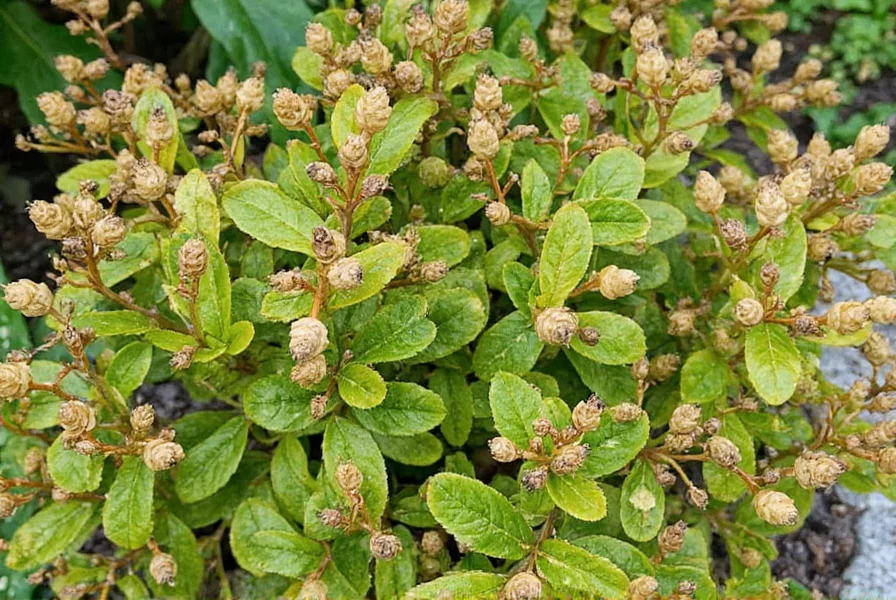The pinecone ginger plant (Zingiber zerumbet) stands out among tropical gingers for its unique appearance and aromatic properties. This striking plant belongs to the Zingiberaceae family and grows from rhizomes that spread horizontally beneath the soil surface. What makes this species particularly fascinating is its distinctive inflorescence that emerges as a tight, pinecone-like structure before opening to reveal small, insignificant flowers. The plant's common name comes directly from this characteristic cone shape that appears in mid to late summer.
Gardeners and plant enthusiasts often seek information about how to grow pinecone ginger plant successfully outside its native habitat. Understanding the specific pinecone ginger plant growing conditions is essential for cultivating this tropical beauty in home gardens or containers. The plant typically reaches 3-5 feet in height with lush, tropical-looking foliage that creates an excellent backdrop in landscape designs.
Botanical Characteristics of Pinecone Ginger
Zingiber zerumbet features several distinctive characteristics that set it apart from other ginger varieties. The plant produces pseudostems formed by tightly wrapped leaf sheaths that give the appearance of a stem but are actually layers of leaves. Each pseudostem typically bears 10-12 lance-shaped leaves that can grow up to 20 inches long.
The most remarkable feature is undoubtedly the inflorescence. Initially appearing as a tight, pinecone-shaped structure with overlapping reddish bracts, it gradually swells and begins to secrete a clear, fragrant gel. This gel has been traditionally used as a natural shampoo in Pacific Island cultures, hence the alternative name "shampoo ginger." As the cone matures, small yellow flowers emerge from between the bracts.
Growing Requirements for Pinecone Ginger
Successful cultivation of pinecone ginger depends on replicating its natural tropical environment. The following table summarizes the essential pinecone ginger plant care tips for optimal growth:
| Growing Factor | Optimal Conditions | Tips for Success |
|---|---|---|
| Light | Partial shade to filtered sunlight | Avoid direct afternoon sun which can scorch leaves |
| Soil | Rich, well-draining organic soil | Mix in compost; maintain slightly acidic pH (5.5-6.5) |
| Water | Consistently moist but not soggy | Reduce watering in winter dormancy period |
| Temperature | 70-90°F (21-32°C) | Protect from temperatures below 50°F (10°C) |
| Fertilizer | Balanced liquid fertilizer monthly during growing season | Use half-strength for container plants |
Cultivation and Propagation Techniques
Learning how to grow pinecone ginger plant successfully requires understanding its growth cycle. In tropical climates (zones 8-11), pinecone ginger grows year-round, while in cooler regions, it behaves as a deciduous perennial that dies back in winter.
Propagation occurs primarily through division of the rhizomes. The best time for pinecone ginger plant propagation is in spring when new growth appears. Simply dig up established clumps and separate the rhizomes, ensuring each division has at least one growing bud. Plant these divisions just below the soil surface in prepared beds or containers.
For gardeners in temperate climates, growing pinecone ginger in containers allows for easy overwintering. Move potted plants indoors when temperatures drop below 50°F (10°C), placing them in a bright location with reduced watering during dormancy.
Uses and Applications of Pinecone Ginger
While many search for information about is pinecone ginger edible, the answer requires nuance. Unlike common culinary ginger (Zingiber officinale), pinecone ginger rhizomes have a bitter taste and are not typically used in cooking. However, traditional cultures have utilized various parts of the plant:
- Ornamental use: The striking pinecone-shaped inflorescences make excellent cut flowers that continue to develop indoors
- Traditional medicine: Various Pacific Island cultures have used the rhizome for treating digestive issues and inflammation
- Natural shampoo: The fragrant gel secreted by mature cones serves as a natural hair cleanser with conditioning properties
- Landscape design: Creates dramatic tropical effect in shaded garden areas or as a container specimen
Common Challenges and Solutions
Gardeners sometimes encounter challenges with their pinecone ginger plants. Understanding these issues helps maintain healthy growth:
Yellowing leaves: Often indicates overwatering or poor drainage. Adjust watering practices and ensure soil has adequate organic matter for proper drainage.
Lack of flowering: Insufficient light or nutrients may prevent cone formation. Move to a brighter location (with filtered light) and apply balanced fertilizer during the growing season.
Rhizome rot: Caused by consistently soggy soil, especially in cooler temperatures. Reduce watering and improve soil drainage with perlite or coarse sand.
When properly cared for, pinecone ginger demonstrates remarkable resilience and can become a focal point in tropical-themed gardens. Its unique growth habit and distinctive cones offer visual interest throughout the growing season, making it a valuable addition for gardeners seeking unusual tropical specimens.











 浙公网安备
33010002000092号
浙公网安备
33010002000092号 浙B2-20120091-4
浙B2-20120091-4